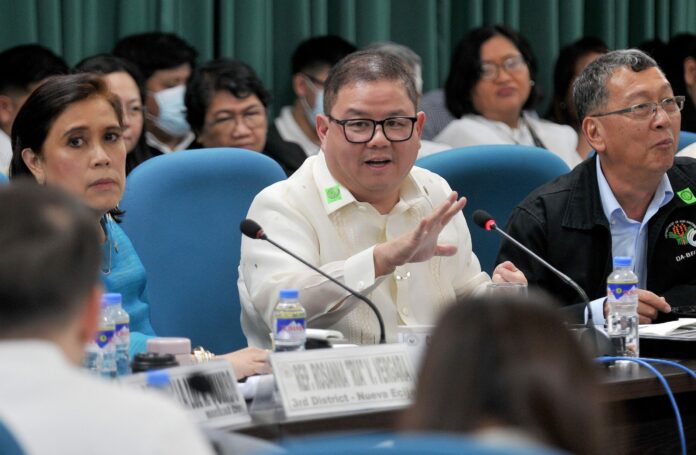The extension and amendments to the Rice Tariffication Law (RTL) formally adopted on Monday are seen to strengthen the country’s agriculture sector, particularly rice farming, with increased funding aimed at enhancing productivity and food security.
President Ferdinand R. Marcos Jr. signed the updated law on Monday extending the funding for rice industry modernization until 2031 and tripling the allocation for initiatives like farm mechanization, seed production, and soil health. The revised law boosts the Rice Competitiveness Enhancement Fund (RCEF) allocation to P30 billion annually, from only P10 billion, to fund programs benefiting millions of farmers and consumers.
Agriculture Secretary Francisco Tiu Laurel Jr. said these investments will not only increase rice yield and farm output but also help make rice more affordable for Filipinos. The new law aims to bolster high-quality seed production and plans for the Philippine Rice Research Institute to distribute 5.5 million bags of rice seeds annually starting in 2027—an increase of 76 percent. Mechanization efforts are also set to provide free agricultural machinery that reduces post-harvest losses and improves productivity.
In addition, the law grants the National Food Authority (NFA) greater flexibility to manage buffer rice stock and imports, allowing for more efficient response to supply shortages and price fluctuations. The new provisions are expected to help stabilize both rice supply and prices.
Industry stakeholders have welcomed the law, with the Philippine Chamber of Agriculture and Food Inc. noting that while the additional budget is a step in the right direction, better implementation of funds is crucial. Meanwhile, the Samahang Industriya ng Agrikultura (Sinag) and Federation of Free Farmers (FFF) expressed support for its potential to increase rice production, improve farmer incomes and ensure food security, while also calling for continued monitoring of its execution.
But even with these gains, concern over the management of tariff collection exceeding the P30 billion annual allocation leave questions as to how surplus funds will be used.







